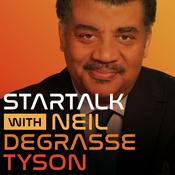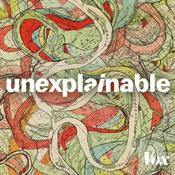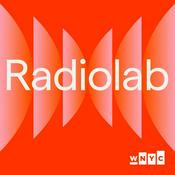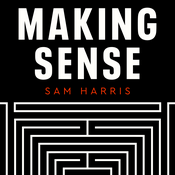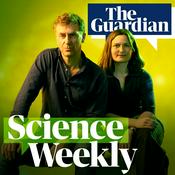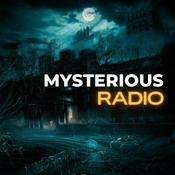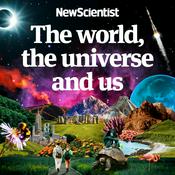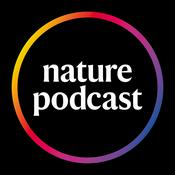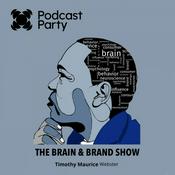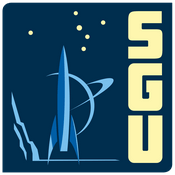295 episodes

New Space Telescope Could Finally Detect Alien Moons Around Distant Planets
2026/1/10 | 24 mins.
Scientists have unveiled plans for a revolutionary telescope system that could finally answer one of astronomy's biggest questions: do moons orbit planets beyond our solar system?Using a kilometric baseline interferometer—technology far more powerful than current methods—researchers believe they can detect the tiny wobbles of gas giant planets caused by orbiting moons.This cutting-edge approach could spot Earth-sized exomoons up to 652 light years away, particularly around planets in colder orbits where tidal heating might create surprisingly habitable environments. While the multi-billion-dollar concept remains theoretical, it represents our best shot yet at discovering alien moons and expanding the search for life beyond Earth.

The Celestial Fizzle: When Stars Fail to Explode
2026/1/08 | 31 mins.
What happens when a star doesn't quite explode? Astronomers studying supernova remnant Pa 30 discovered something strange—perfectly straight, firework-like filaments instead of the chaotic debris typical of stellar explosions.This cosmic oddity turned out to be a Type Iax supernova: a "failed" explosion where a white dwarf only partially detonated, survived, and then released a powerful wind that sculpted the surrounding material into eerily organized patterns.Through cutting-edge simulations and connections to a historical "guest star" recorded in 1181, scientists are unraveling how specific fluid dynamics kept these filaments intact for centuries.This rare cosmic event reveals that not all stellar deaths are catastrophic—some stars go out with unexpected order and elegance.

Runaway Stars Escaping the Milky Way: How Black Holes Launch Suns Into the Void
2026/1/06 | 35 mins.
Chinese astronomers just discovered 90 stars moving so fast they're escaping our galaxy forever. These hypervelocity stars—flung out by close encounters with supermassive black holes—are traveling at speeds that defy the Milky Way's gravitational grip.Using RR Lyrae stars as cosmic speedometers and data from the Gaia satellite, researchers are tracking these runaway suns to map something we can't see: dark matter. Their trajectories reveal the invisible gravitational scaffolding holding our galaxy together. We explore how stars get ejected at millions of miles per hour, what their escape routes tell us about the Milky Way's hidden mass, and why these cosmic refugees are helping astronomers solve one of the universe's biggest mysteries—the structure and evolution of our galactic home.

Did Life on Earth Come From Mars? The Panspermia Hypothesis Explained
2026/1/04 | 29 mins.
What if we're all Martians? The panspermia hypothesis proposes that life didn't start on Earth—it hitched a ride here on Martian meteorites billions of years ago. We examine compelling evidence: while a catastrophic planetary collision sterilized early Earth, Mars remained stable and potentially habitable. Genetic analysis suggests complex life existed on Earth 4.2 billion years ago—suspiciously fast for evolution to happen locally.Could Mars have been life's original nursery before microbes survived the brutal journey through space on ejected rocks? We explore how organisms might endure radiation and freezing temperatures during interplanetary travel, why scientists remain skeptical, and whether this theory actually solves the origin-of-life puzzle or just moves it to another planet.The answer could rewrite our understanding of where we truly come from.

TOI-561 b: Ultra-Hot Exoplanet Has Impossible Atmosphere
2026/1/02 | 28 mins.
The James Webb Space Telescope just discovered something that shouldn't exist—a thick atmosphere on a hellish magma world orbiting so close to its star it should have been stripped bare billions of years ago. TOI-561 b is an ultra-hot super-Earth that defies our understanding of planetary physics.Scientists found this lava-covered planet is mysteriously cooler than expected, revealing that volatile gases are somehow insulating its surface despite extreme stellar radiation. We explore the strange equilibrium where molten rock and atmosphere continuously exchange materials to maintain this impossible environment, and what this ancient planetary system—formed when the universe was young—reveals about the unexpected diversity of worlds beyond our solar system.This discovery is rewriting the rules about where atmospheres can survive.
More Science podcasts
Trending Science podcasts
About Bedtime Astronomy
Listen to Bedtime Astronomy, StarTalk Radio and many other podcasts from around the world with the radio.net app
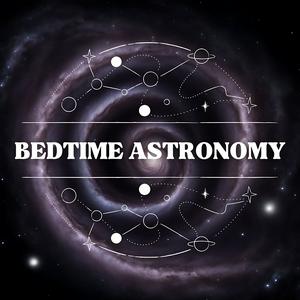
Get the free radio.net app
- Stations and podcasts to bookmark
- Stream via Wi-Fi or Bluetooth
- Supports Carplay & Android Auto
- Many other app features
Get the free radio.net app
- Stations and podcasts to bookmark
- Stream via Wi-Fi or Bluetooth
- Supports Carplay & Android Auto
- Many other app features


Bedtime Astronomy
download the app,
start listening.
